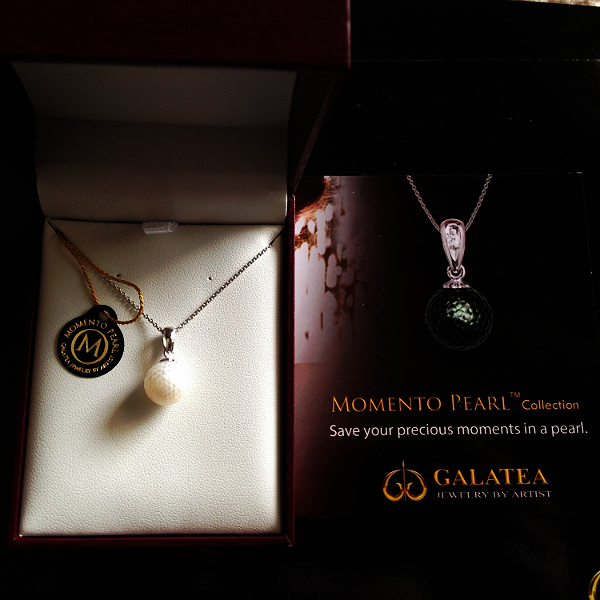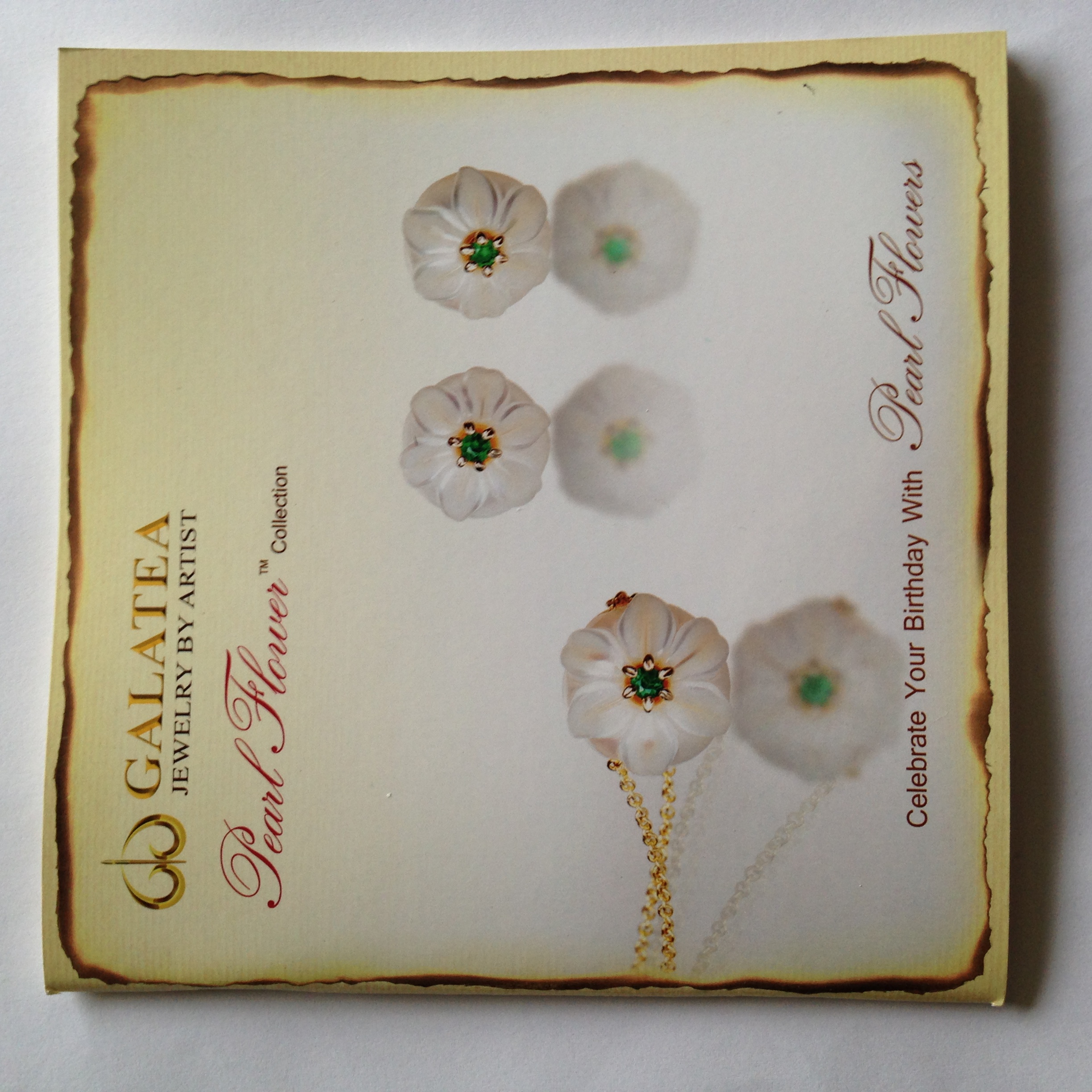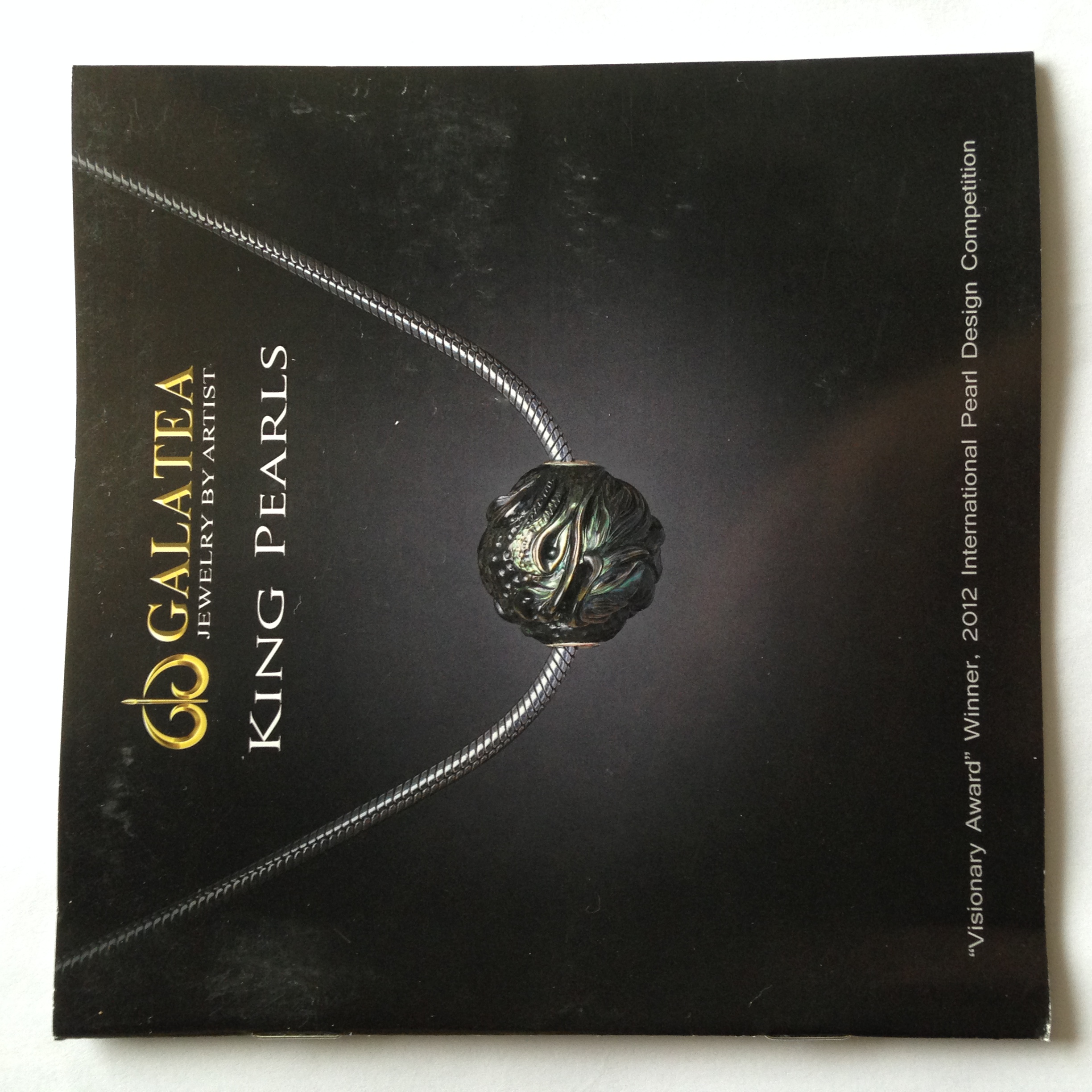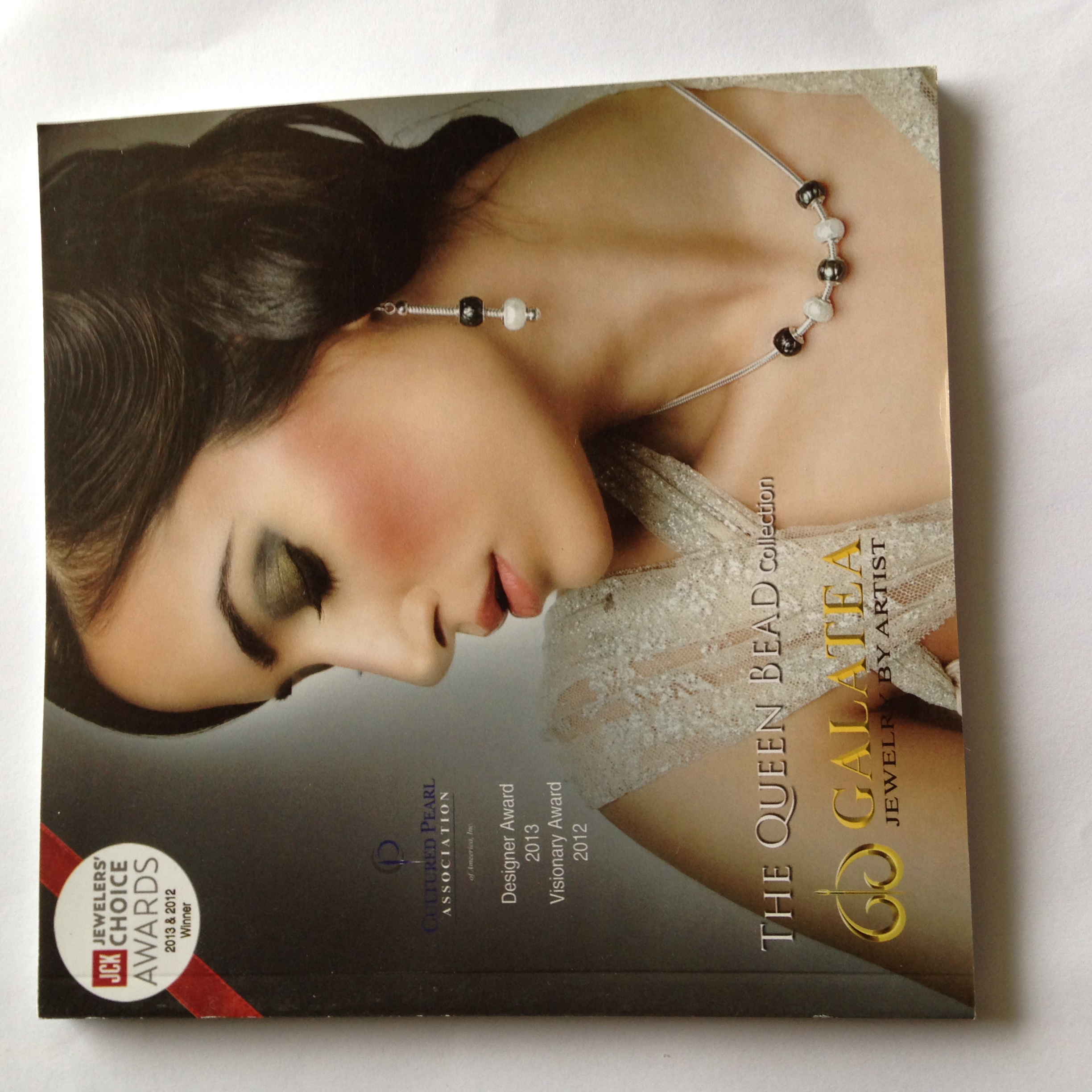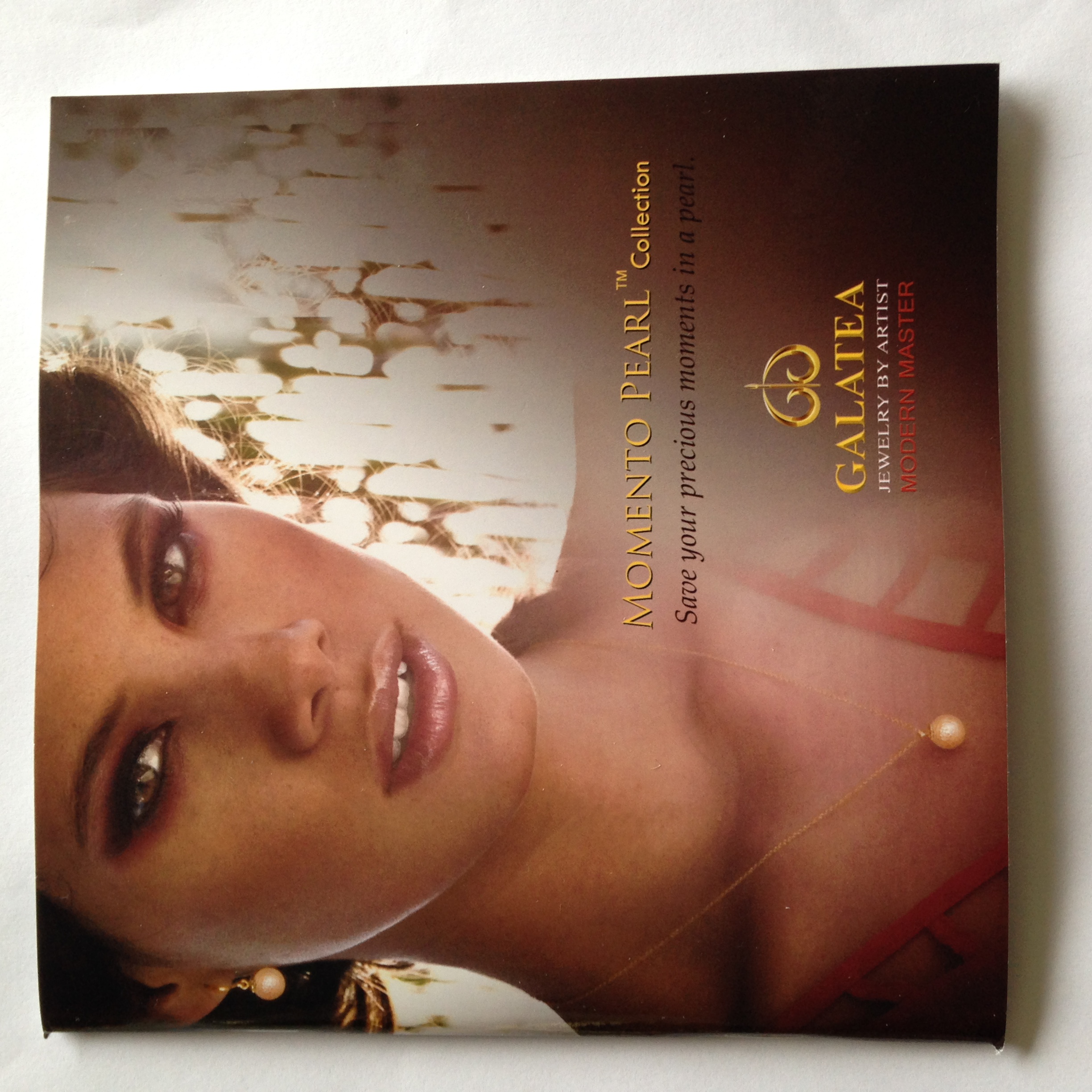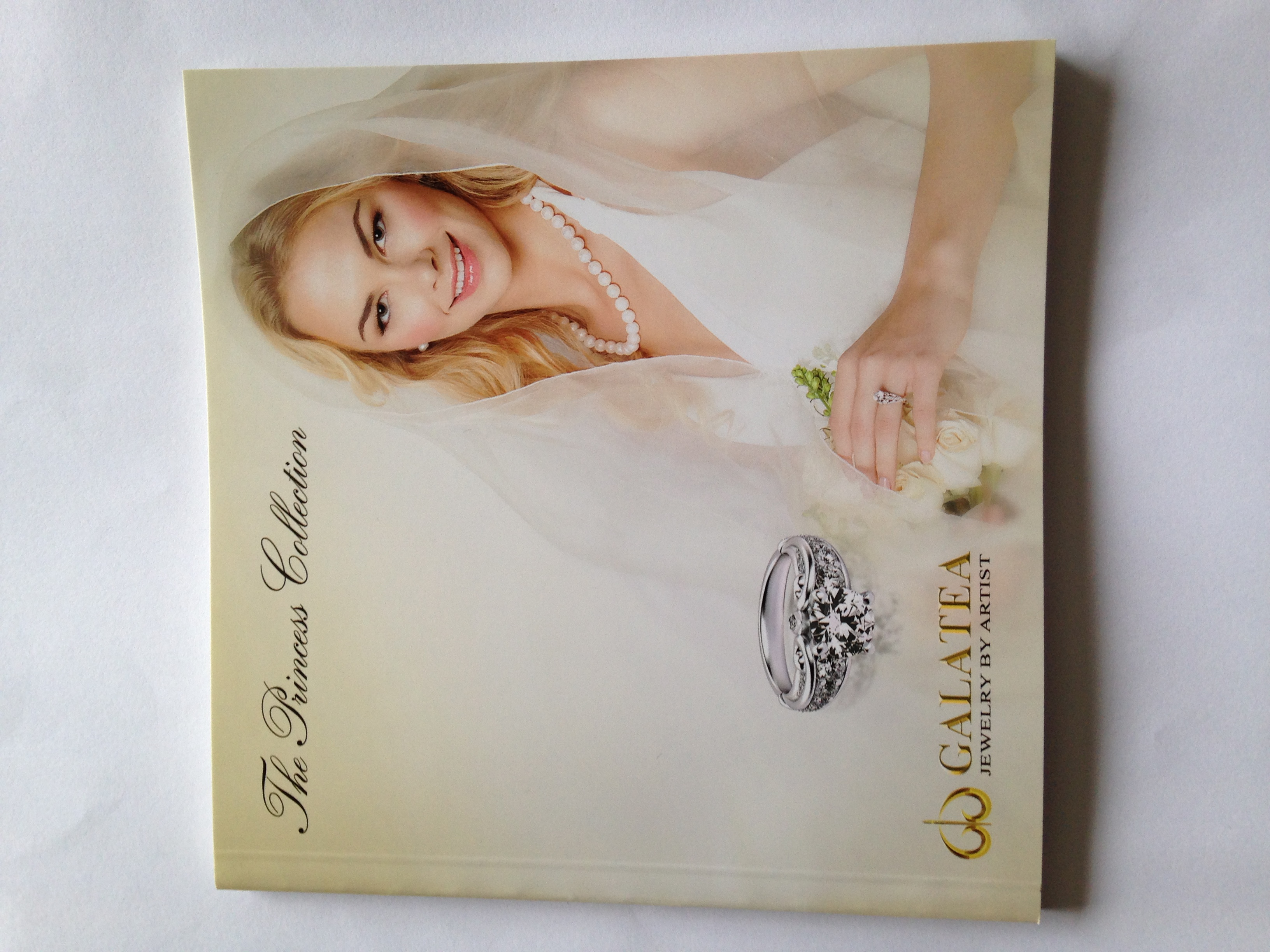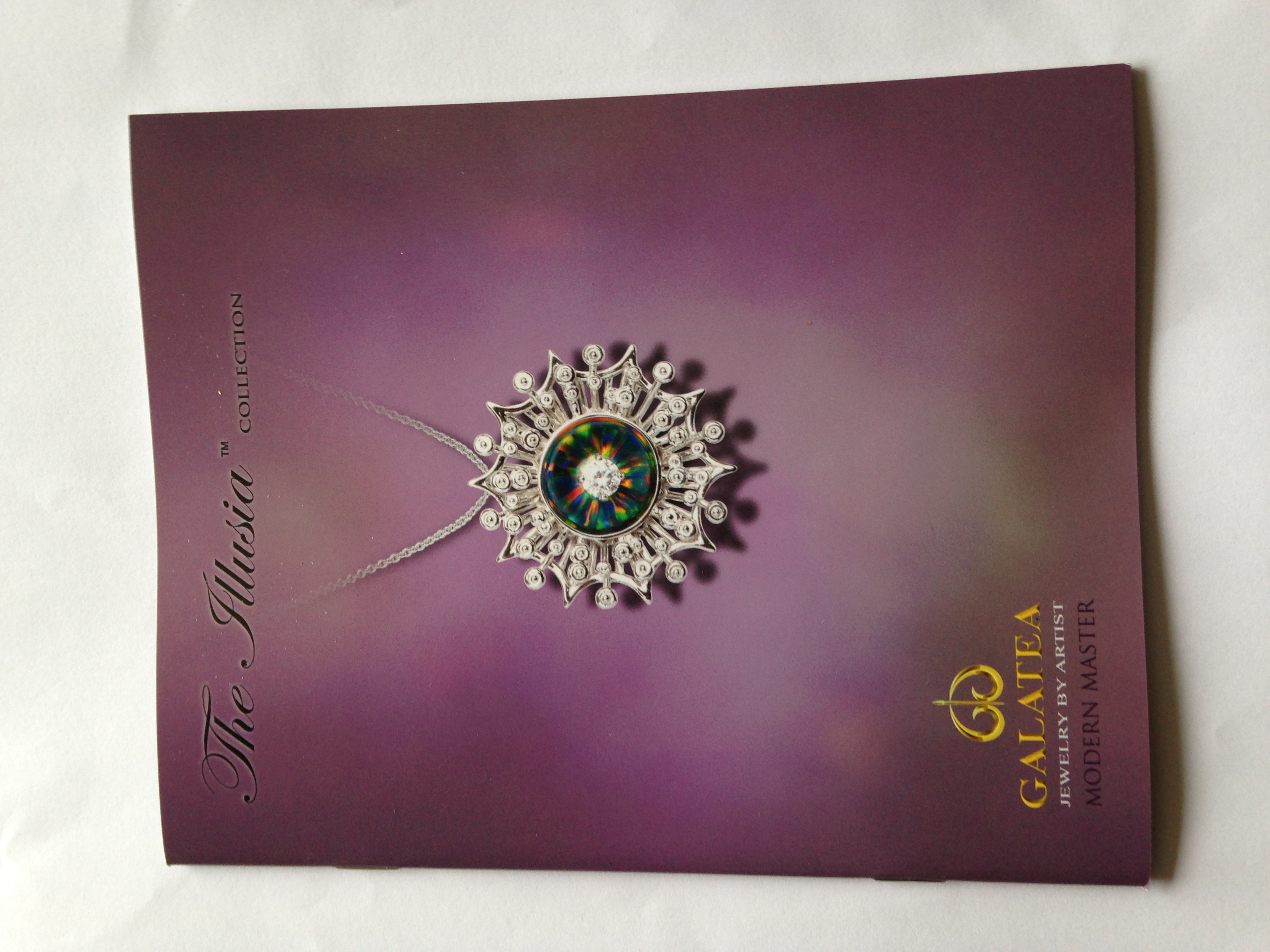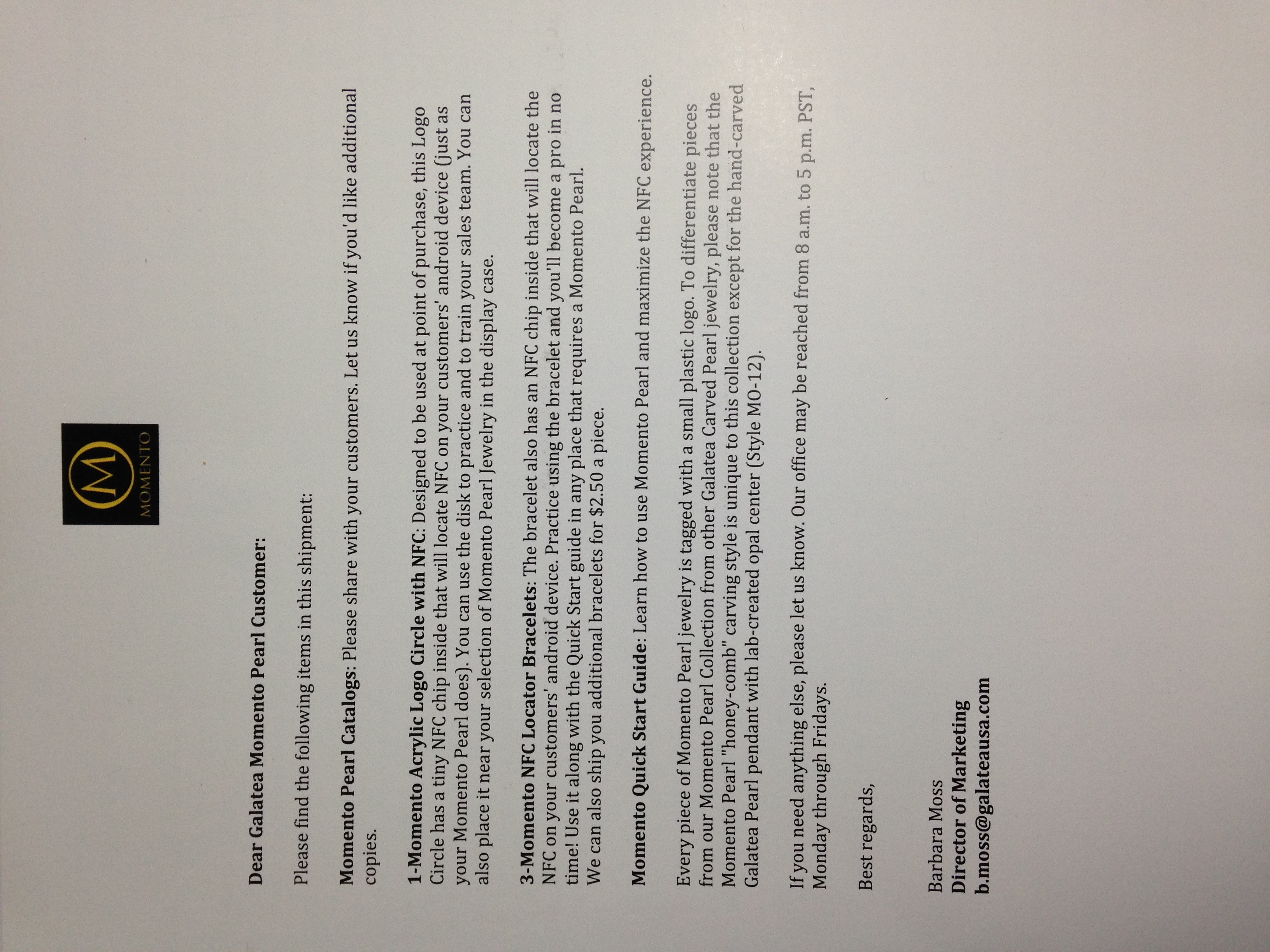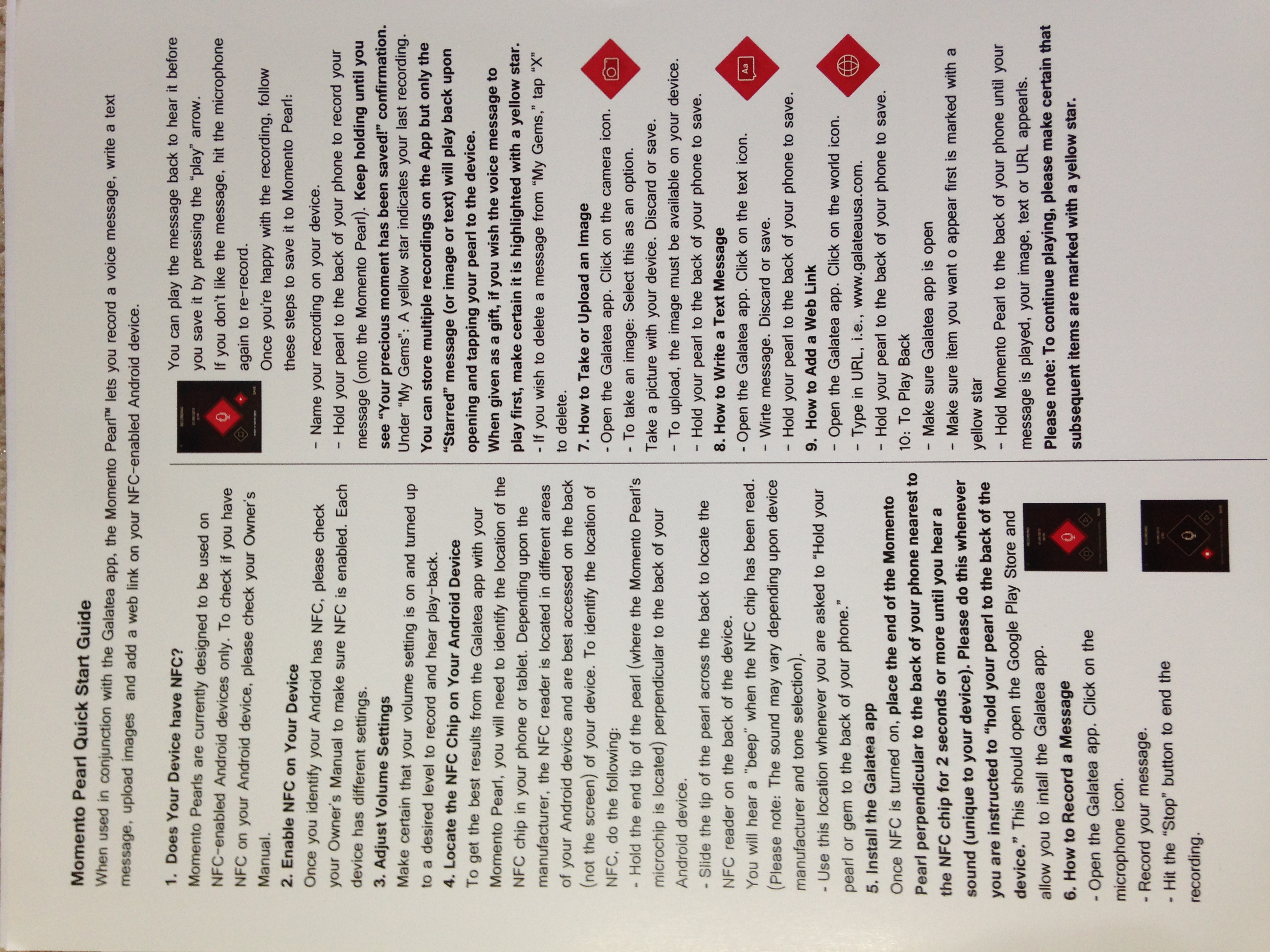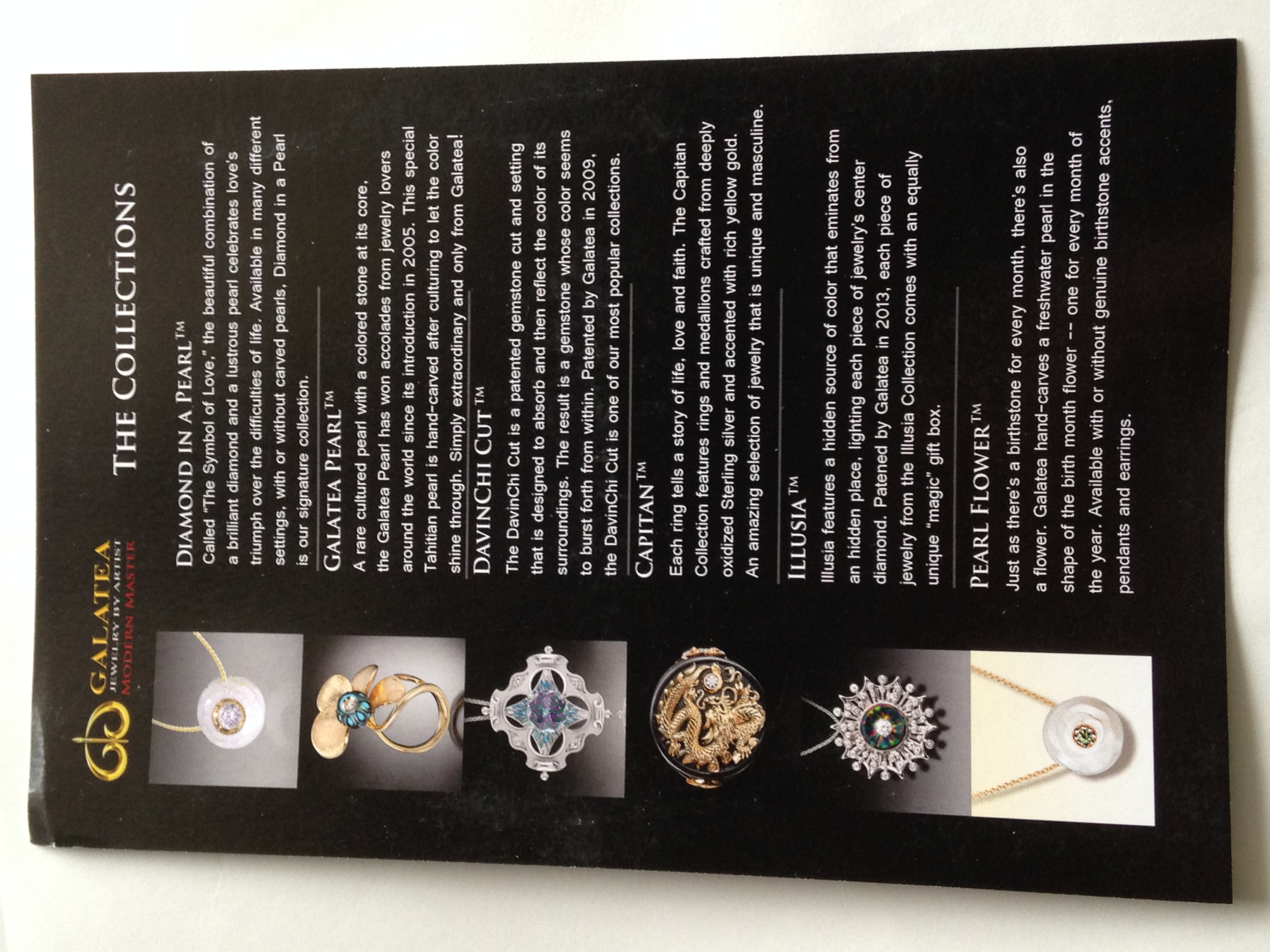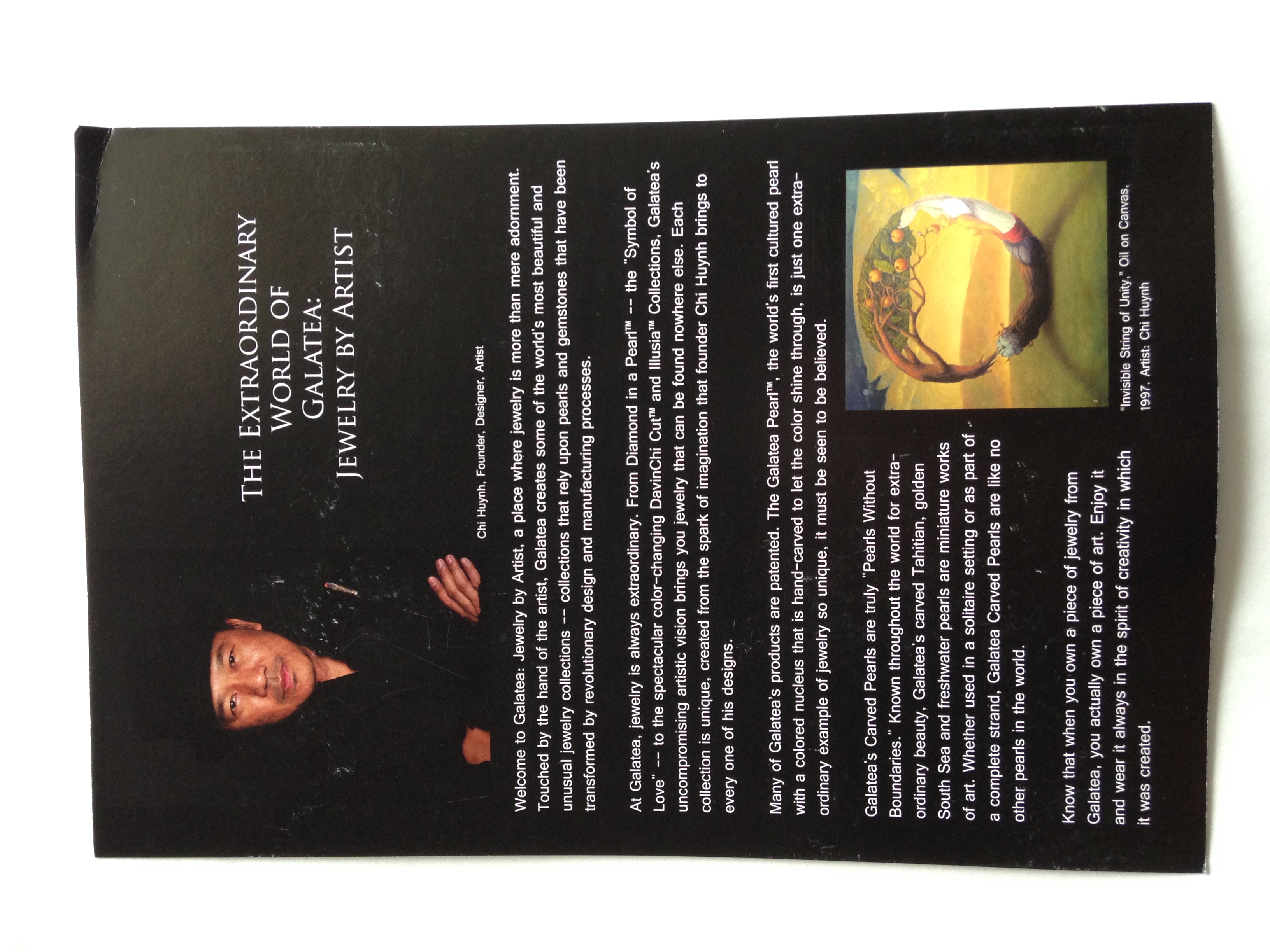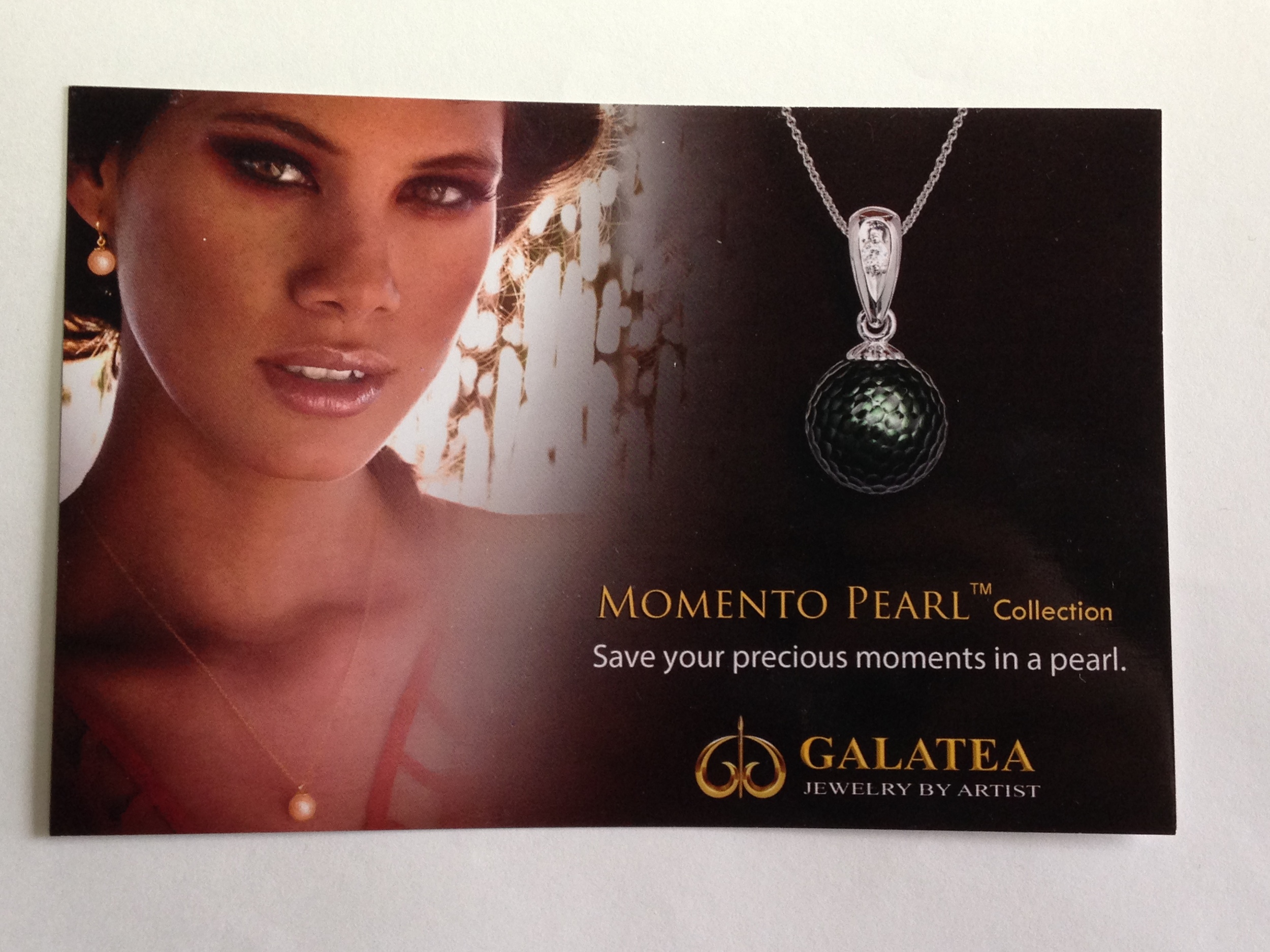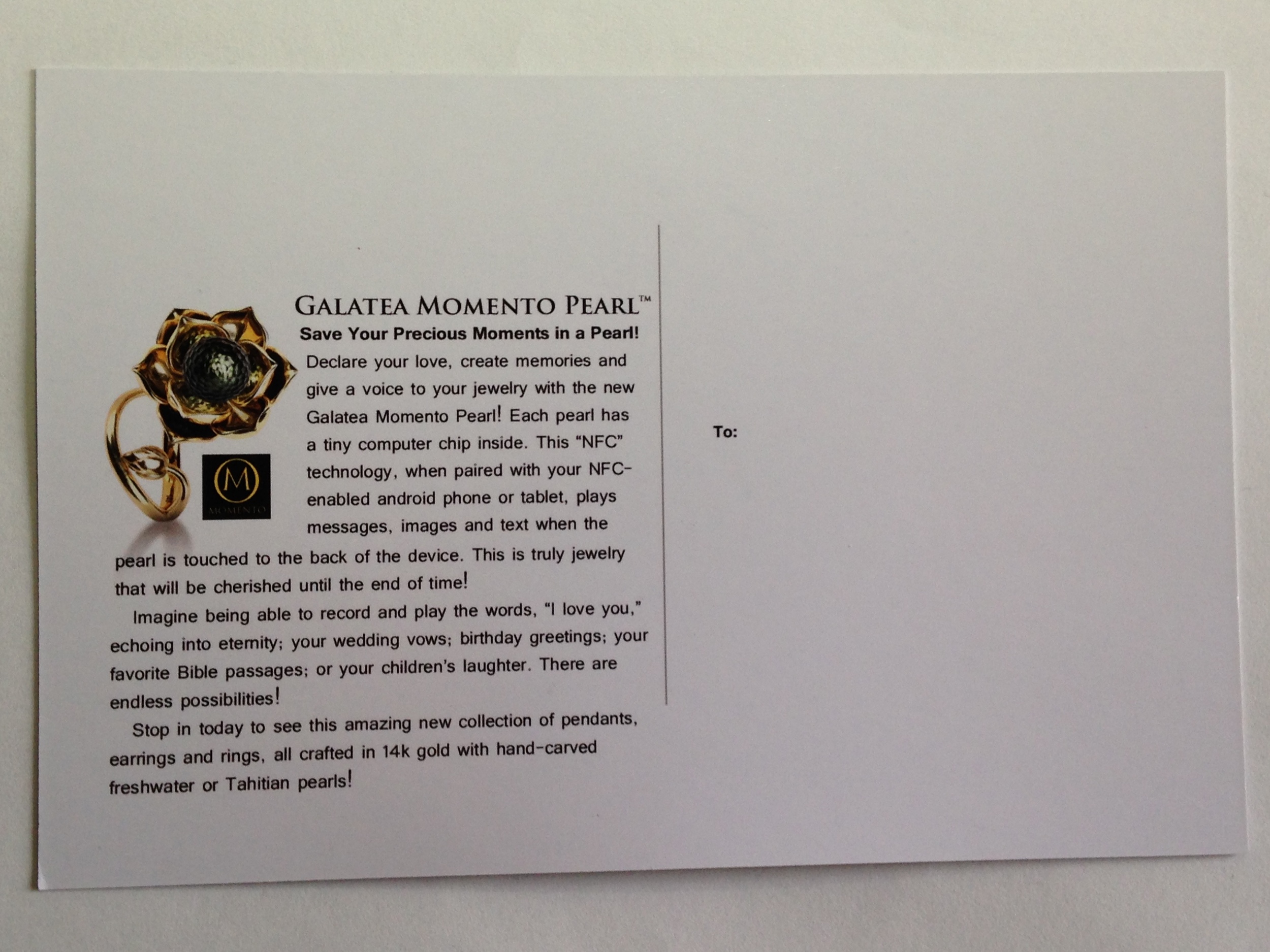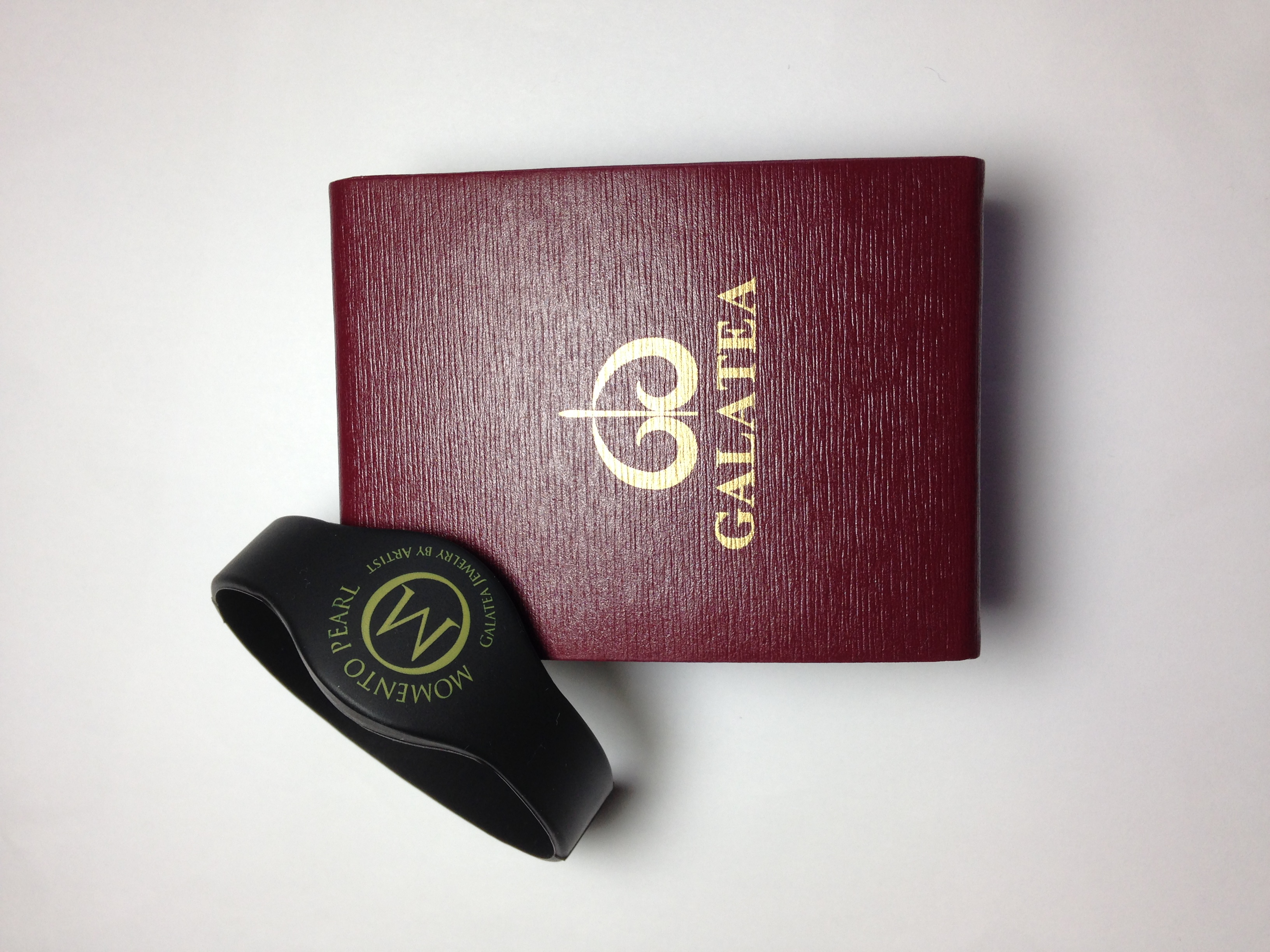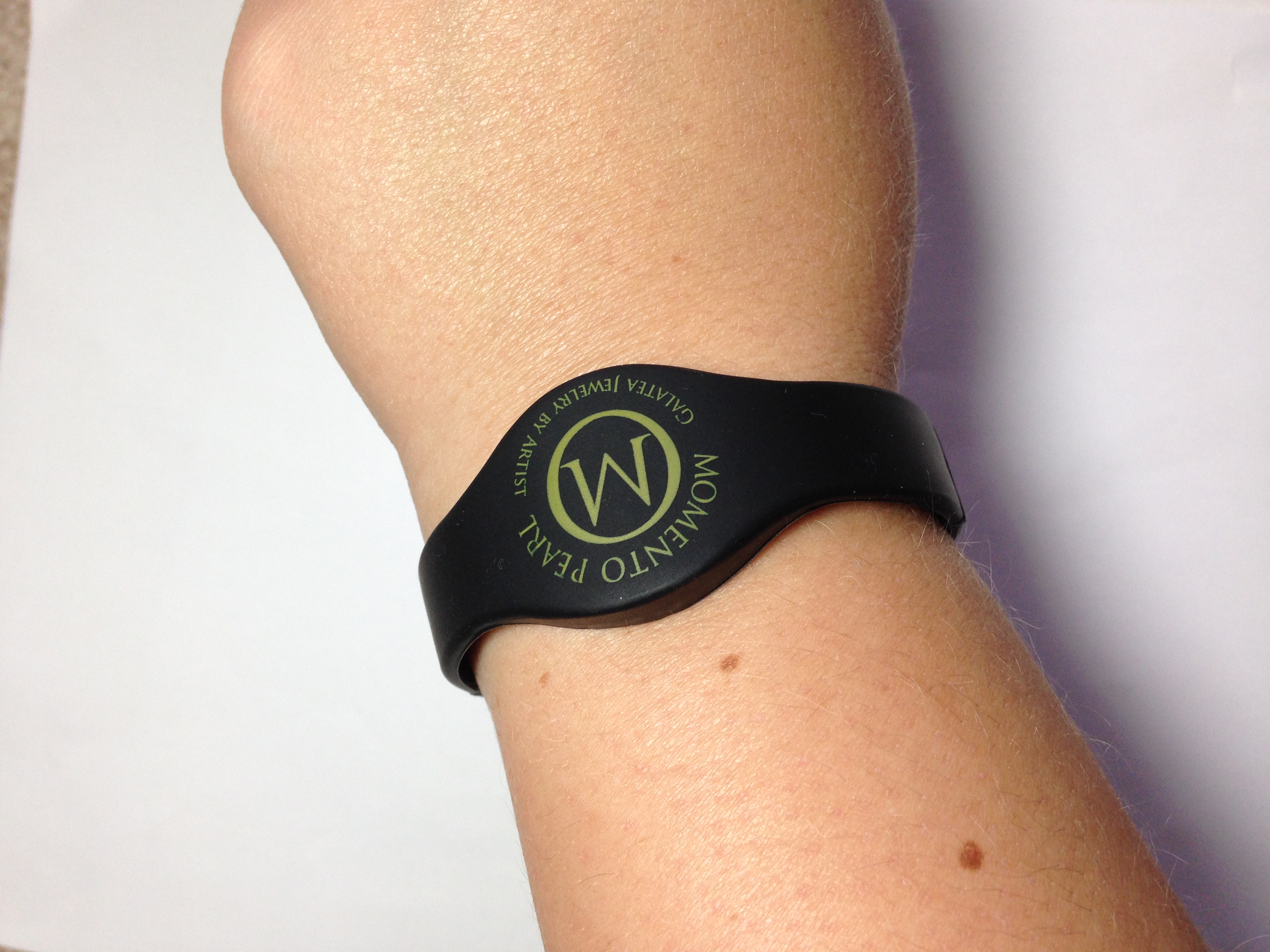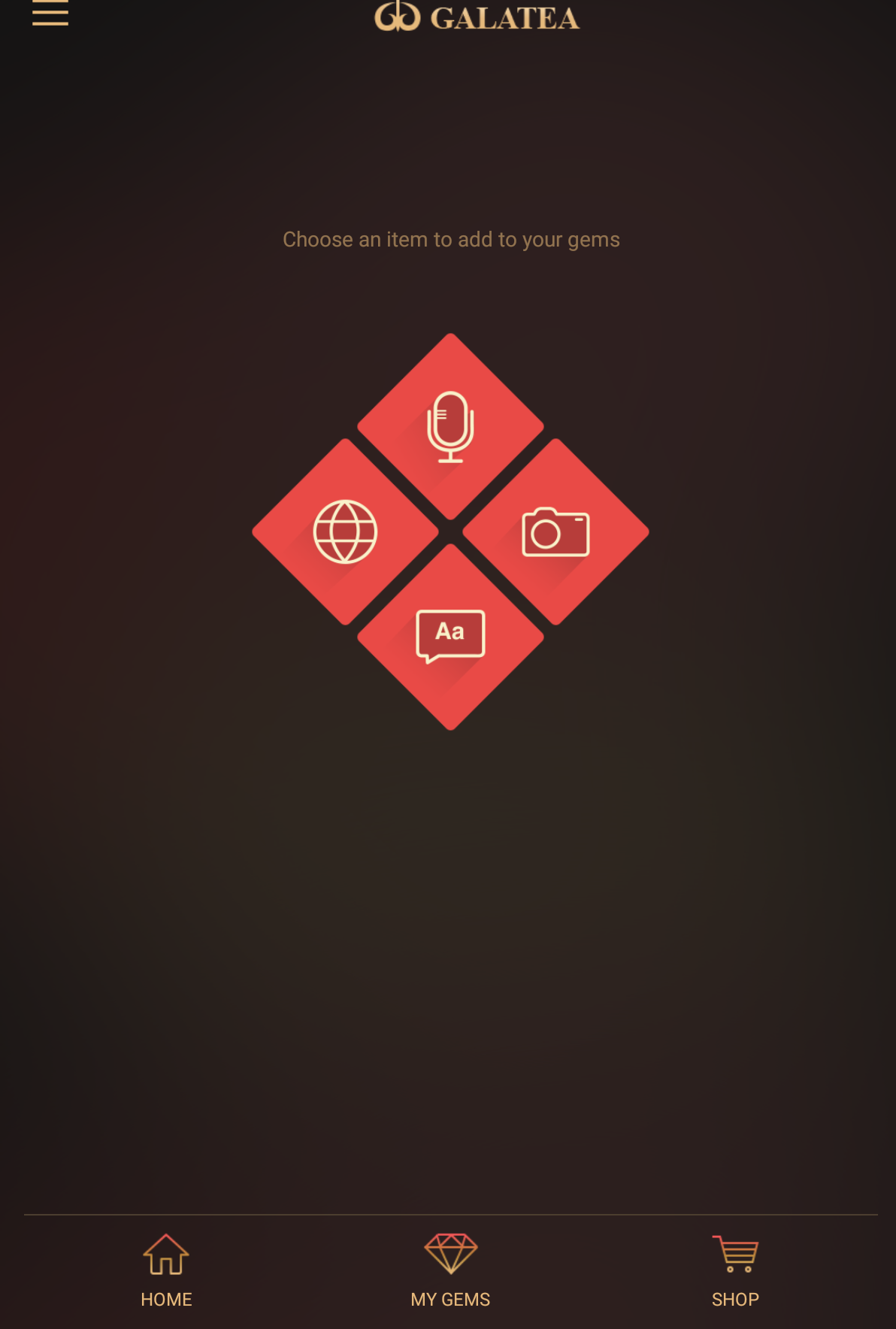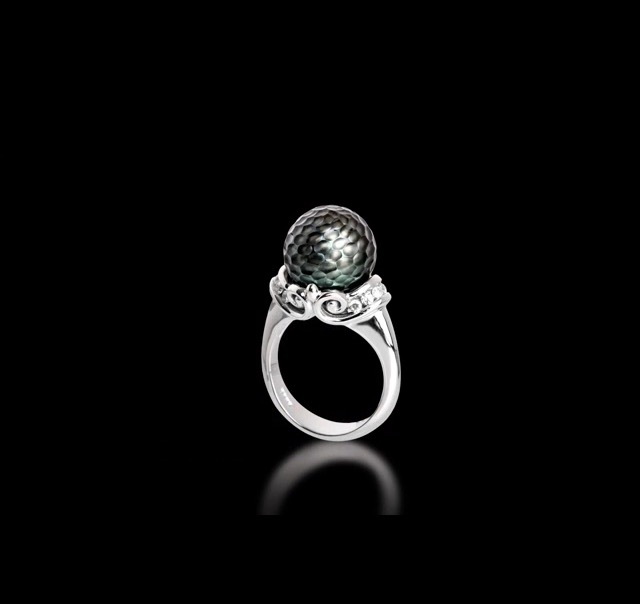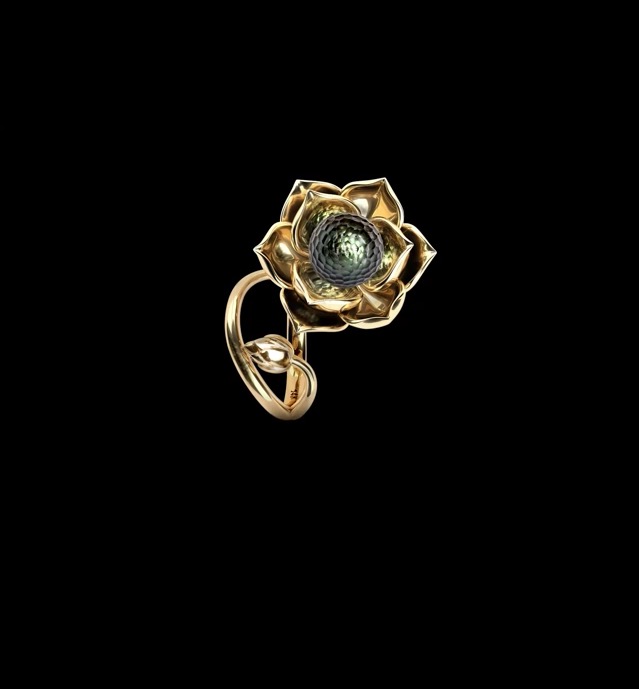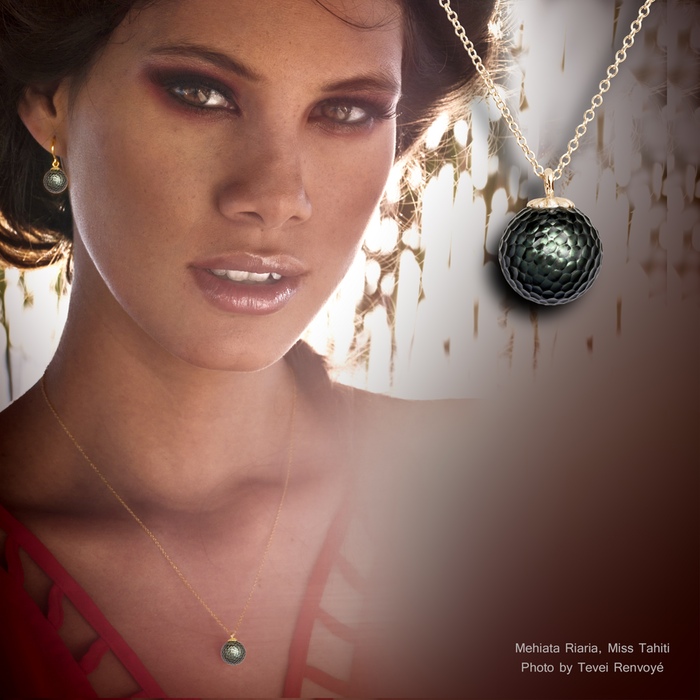Sentimental Technology: The Galatea Momento Pearl
/I am a big fan of Kickstarter. Crowd-funding can lead to all sorts of products being produced that would never would have seen the light of day by other means. Kickstarter has especially influenced the wearable technology industry. The Galatea follows in the same vein as wearable technology; however, there is a key difference. Where most wearables focus on utility, the Momento Pearl focuses on sentiment.
The heart of the modern jewelry industry is essentially born out of sentiment and emotion. Coupled with the unique use of modern technology, Galatea has capitalized on these moments.
An NFC chip embedded in a cultured pearl allows a message or a photo to be associated with the pearl. The photo or message can then be retrieved by tapping the pearl to “a sweet spot” on the back of an NFC enabled Android device. Sorry iOS users, the technology just isn’t there yet.
The pearls are available in a variety of settings, as well as being available in the patented “Galatea pearl”, the only pearl grown with a gemstone (usually man-made opal) inside.
Being a bit of a wearable technology junkie I just had to check this out for myself.
I backed the project at the early bird stage so I paid $95.00 for a white carved "honeycomb" pattern pearl in 18k white gold. The expected retail price of the pearl jewelry is in the $400.00 range, but the exact retail scale of costs remains to be seen.
As promised, the Momento Pearl arrived well in time for Mother's Day, which was brilliant timing on their part. It even contained a To: and From: postcard if the item was to become a gift! Before I even looked at the necklace I was struck by just how much material about the company and other products that Galatea offer accompanied the necklace. It is clear that this is being marketed towards the retail world even though they capitalized on the general public's support during their Kickstarter campaign. This was incredibly evident from the letter detailing extra products for customers and how to show your customers how to use the device. I set aside the catalogs for later because I was too excited to check out the pearl.
As the Kickstarter promised, I received the necklace as well as a rubber bracelet that they said would help the user to locate the NFC chip in the back of their device.
The pearl has an interesting look. I wasn't sure I would be a fan of the carved honeycomb pattern, but it does offer the wearer a unique look to their pearl jewelry and light does play off the "facets" when viewed closely. Included in the jewelry box with the necklace was a small scroll tied with a ribbon. This gives instructions for using the pearl in very easy to follow steps.
The instructions for using the pearl and bracelet were very straight forward: simply touch the bracelet or the pearl to the back of the Android device and it opens up the Google Play (app) store. Install the free app and you are good to go. From then on touching the bracelet or pearl will open the app.
Once the app is open you are given the choice to associate a voice recording, photo, website, or written message. I tried all of the options that were given to me on the app and all of them worked really well. It is easy to change the associated images. If the app is not associated with any of the choices it will take you directly to the Youtube advertisement for the Momento Pearl.
I could easily see the Momento Pearl being popular for mothers, grandmothers, daughters, significant others etc. It reminds me very much of the recordable greeting cards, but with the added bonus of it not ending up in the trash soon after.
Perhaps the description of the Momento Pearl taken from their website says it best:
"Imagine being able to say 'I Love You" repeating into eternity or being able to record your wedding vows in an anniversary gift worn close to the heart. With just a tap of your phone to this pearl you can listen to your children's laughter or see your loved one's face. The Momento Pearl requires no battery and no wire. Think of it as a digital locket for the 21st century. "
The future of the popularity of the Momento Pearl remains to be seen, but the selling point of saving memories obviously appeals to a lot of the buying public. For now I see it as another step closer towards the marrying of technology and aesthetics, of incorporating sentimentality into what used to be a purely function based product group.
About Galatea by Artist (from linkedin)
Galatea: Jewelry by Artist of San Dimas, California, was founded in 1994 by Chi Huynh. With an uncompromising artistic vision, Huynh has created some of the world’s most beautiful and unusual jewelry including the Momento Pearl, Diamond in Pearl, Galatea Pearl, Illusia and DavinChi Cut Collections. Today, Galatea manufactures its proprietary designs in the U.S. and Vietnam and sells to approximately 1200 retail jewelers throughout the United States. In 2009, Galatea established a South Sea pearl farm off the coast of central Vietnam in the South China Sea. The company also distributes its product lines in Europe and Asia. For additional information about Galatea: Jewelry by Artist, please visit the website at www.galateausa.com
Kathleen Marino M.A, G.G., AJP, NAJA
My better half used the bracelet on the phone and lost his privileges thereafter.
